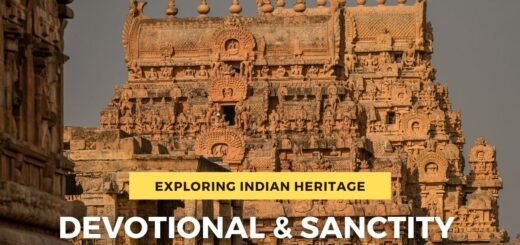Salihundam Stupa Timings History And Significance
Know the details about Salihundam Stupa Timings History And Significance, Salihundam Stupa history and Importance; and Slihundam history and significance
Andhra Pradesh’s Salihundam is both a village and a panchayat. It is located in the Gara Mandal of the Srikakulam district. It is a historically significant Buddhist monument that dates back to ancient Kalinga and is also a popular tourist destination. It is a community that can be found perched atop the hill that is located on the Vamsadhara River’s southern side. It is located 5 kilometers to the west of Kalingapatnam, 10 kilometers from Singupuram, and 18 kilometers from the town of Srikakulam. It was once referred to as Salipetaka. See below to get the details about Salihundam Stupa Timings History And Significance
Click here to get Lord Shiva Stuti’s Lyrics
Click here to get the Tirumala Srivari Seva Volunteer Program Online Booking
Salihundam Stupa Timings History And Significance
A substantial number of Buddhist stupas may be seen perched atop a hill not far from Salihundam. It’s possible to see these hills against the backdrop of some very breathtaking vistas.
Gidugu Venkata Rama Murthy is credited with constructing this stupa in 1919. The year in which it was completed was 1919.
There were four architectural shrines, relic caskets, and stupas discovered during the state authorities’ excavation process.
The fact that there is a relic from one of the most significant Buddhist excavations in this area, which may be located there, is evidence that the religion thrived in this region during the 2nd and 3rd centuries.
Salihundam Stupa Timings History And Significance
The existence of ancient structures in Salihundam provides the town with a substantial amount of archeological value, which adds to the town’s standing as an important place. This location is home to a substantial collection of Buddhist stupas in addition to a massive monastery complex.
These may often be discovered in the heart of breathtaking natural landscapes. Based on the material that has been provided so far, it is quite evident that members of the ‘Vajrayana’ cult are present there. This area was the starting point for the spread of Buddhism to other countries in the Far East, including Sumatra.
Salihundam Stupa Timings History And Significance
On top of a hillside in the middle of picturesque surroundings may be found a large monastery complex as well as a number of Buddhist stupas. In the year 1919, Gidugu Venkata Rama Murthy was the one who made the first discovery in this region. It is believed that he was the one who made the finding. During the process of excavation that was carried out by state authorities, a total of four stupas, relic caskets, architectural shrines, and sculptures portraying the Buddhist deities Mareechi and Tara were found.
Additionally, a total of four architectural shrines were discovered. The ruins were built between the 2nd and 12th centuries and cover the whole region. They were erected in all three Buddhist architectural traditions: Mahayana, Theravada, and Vajrayana. All three styles are mirrored in the ruins’ architecture. This area was the starting point for the spread of Buddhism to other countries in the Far East, including Sumatra.
One of the most significant Buddhist excavation sites, Salihundam, provides evidence that throughout the 2nd and 3rd centuries, there was a vibrant Buddhist community in the area. This makes Salihundam one of the most important Buddhist excavation sites.

